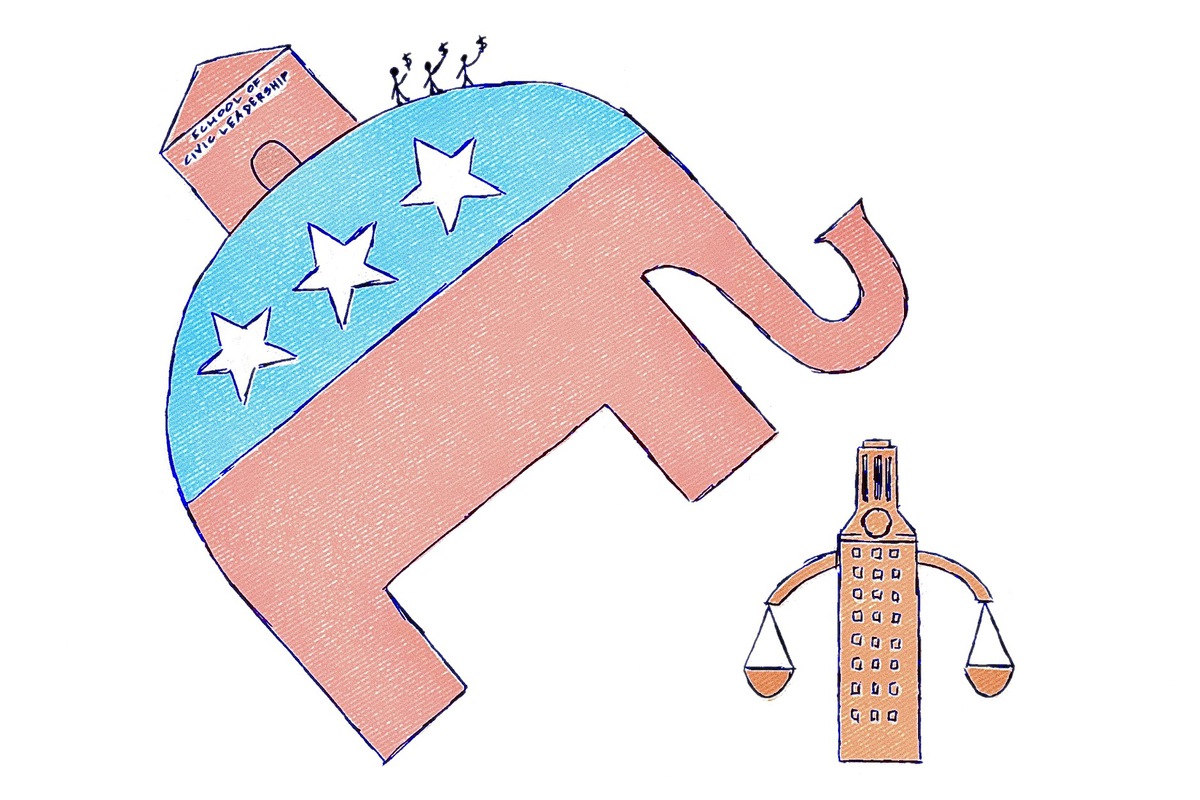I was bullied during middle school. For a short period during my seventh-grade year, a gang of my classmates bullied me so fiercely and frequently that their attacks fundamentally changed the person I grew up to be. My close friends have heard me refer to this affecting experience from my past. They have also heard me joke that the silver lining of being bullied is that it helped my ability to take an insult and increased the speed at which I generate comebacks.
When I have talked to other college students about my experience with bullying during middle school, the response has always been one of empathy and understanding. No one can deny that middle school is hell, and most people accept bullying and being bullied as part and parcel of an American adolescence. But what if my memories were set not in the past but in the present, in the halls of my dorm room instead of in my middle school homeroom? Would my fellow students still identify with my memories of being bullied if they occurred on a college campus? I suspect not, but that is by no means because bullying doesn’t occur on college campuses. Rather, we lack a definition of bullying that incorporates college students, and consequently, we often fail to recognize it among our own age group.
I haven’t been bullied during my time at UT, but I’m not sure I would recognize it if I were. What is bullying, anyway, when it doesn’t fit into the paradigms of lunch money theft or locker room taunts? The government-run website stopbullying.gov defines bullying as “unwanted, aggressive behavior among school aged children that involves a real or perceived power imbalance.” Medlineplus.gov, another government-run website, defines bullying as “when a person or group repeatedly tries to harm someone who is weaker or who they think is weaker.” The second definition does not explicitly limit bullying to children, but the webpage on which it is found goes on to talk about bullying’s effects on children and teenagers. Clearly, bullying is seen as something that stops when you leave high school. But abuses of real or perceived power imbalances certainly occur among college students as well.
Neither the Office of the Dean of Students nor the Counseling and Mental Health Center mentions bullying on its website. The Office of the Dean of Students does, however, deal with allegations of hazing, sexual harassment and sexual misconduct. And while bullying isn’t on the CMHC’s list of “Common Student Concerns,” many of the concerns, including stalking, assertiveness and relationship and dating violence, speak directly and indirectly to managing imbalances of power.
In many ways, the complications of adult life — including the absence of a principal’s office to settle disputes — mean that we need numerous categories to define and make sense of the single, overarching problem of abuse of power. Bullying, we should remember, runs the gamut from verbal to physical assault. Even the range and order of the spectrum is continually debated, forcing us to admit that bullying between adults is an issue much larger and more complex than your average playground name-calling.
The problem with associating bullying only with children is that it leaves adults — and especially college students — to play a vocabulary game when identifying serious problems. Sexual assault is different than sexual misconduct, which is different than hazing, which is different than stalking, which is different than discrimination. When we jumble these words together, they become heavy not only with emotional weight but also with legal implications. How can I feel comfortable reaching out for help from my university with a problem of bullying if I don’t know what constitutes bullying? And if I don’t know what constitutes bullying in the university’s eyes, how can I know if they consider my problem worthwhile?
Recently, a friend of mine found herself in an emotionally trying situation in which she felt manipulated by a powerful classmate. Though her friends urged her to take action, my friend’s problem didn’t fit into any of the conveniently defined categories, so she felt that the problem was not legitimate.
This is not to say that the Office of the Dean of Students should start fielding complaints for bullying or that the Counseling and Mental Health Center should change their name to the “Bullying Help Center.” On the contrary, both of these agencies do a great job providing resources to students who are being bullied. Rather, we as students need to understand that bullying exists on college campuses, both within the traditionally defined categories such as hazing and sexual harassment and beyond them. It is the job of the University to handle these complaints — to sort the minor disputes from the major ones — and they have the procedures in place to do so.
A student saying, “’I’m just really stressed out’ can mean anything from ‘I’m having difficulty sleeping’ to ‘I’m considering suicide,’” explained Jane Bost, associate director of the Counseling and Mental Health Center. “Part of what we do is to help people clarify [their problems] and to empower them with various options.”
But clarification, and subsequent healing, can’t begin until we call bullying (in all forms and by any name) what it really is — a significant problem on college campuses.
Wright is a Plan II and biology junior from San Antonio.




















